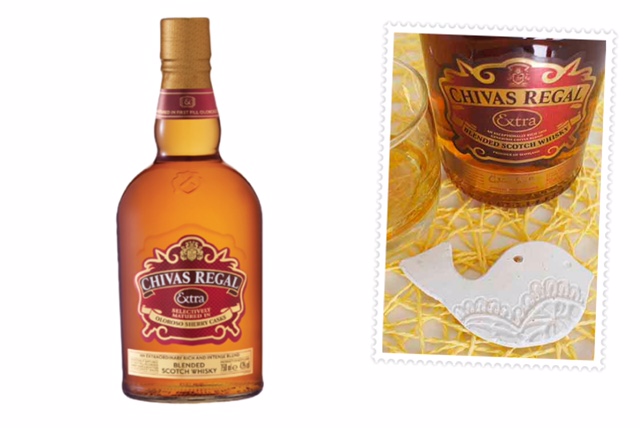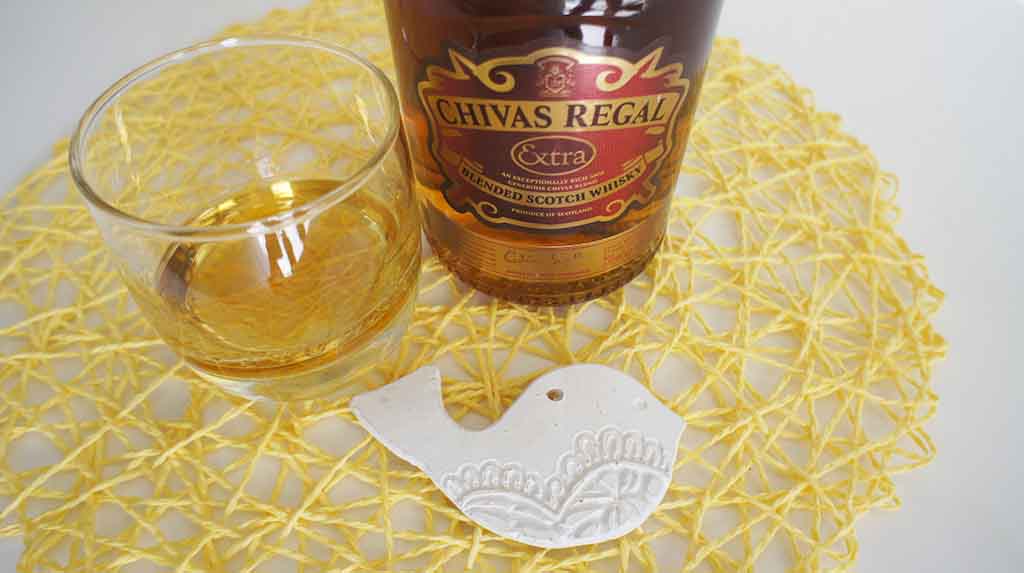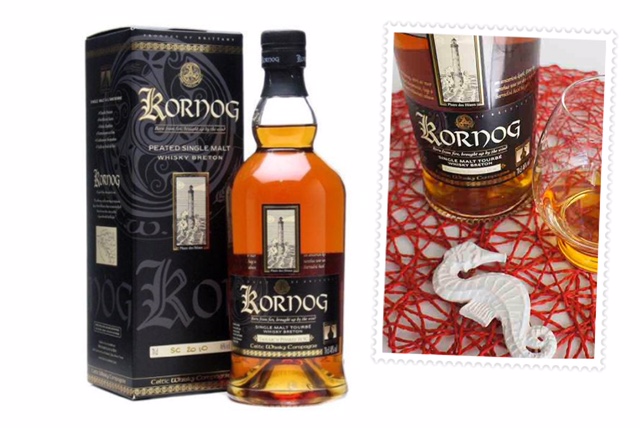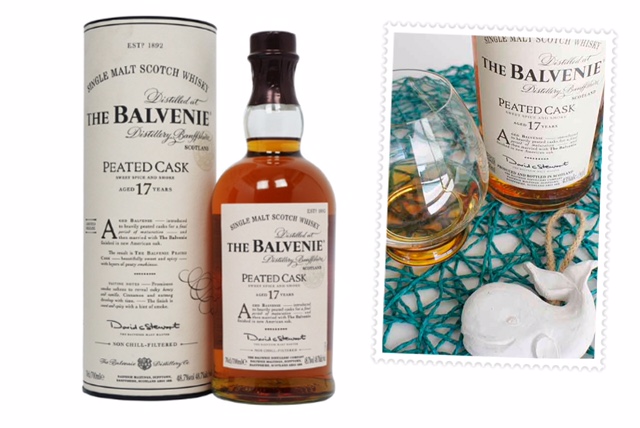
When you hear the name Chivas, it brings to mind consistent quality. For me, it reminds me of my father. His favourite was the Chivas Regal 12 yo whisky. The old staple blended Scotch whisky that you can find everywhere.
He used to get a bottle or 2 for Christmas and savoured it through the year. Now and again he would share a sip with me, when my mom was not looking.
During 2014, Chivas released a new bottling, Chivas Regal Extra blended Scotch whisky. In honour of my dad, I had to try it. The Chivas Extra whisky has no age statement and according to my research, has more of a sherry character than the traditional Chivas releases.
All Chivas Regal blends have sherry-aged whisky blended in, but the percentage for the Chivas Regal Extra is slightly higher.
Also Read:Sullivans Cove Double Cask Whisky
The Sherry casks come from the Sherry Bodegas in Spain, where the casks are filled with the rich, sweet Oloroso sherry, which soaks into the wood during their time in the Bodegas. It was made to fit between the well-loved Chivas 12 year old whisky and the more upmarket (read expensive) Chivas 18 year old whisky.
It is also Chivas’ first global expression since 2007. Chivas Regal is produced by Chivas Brothers, which is part of Pernod Ricard. Founded in 1786, the Strathisla distillery is the home of Chivas Regal.<
According to Colin Scott, the Master Blender, Chivas Regal Extra goes particularly well with steaks and sticky-toffee pudding.
Chivas Regal Extra Blended Whisky Review

ABV: 43%
COLOUR: A dark caramel
NOSE: Fruity sweetness mixed with pears, warming nutmeg and caramel. Not overly sweet, but delicate and fresh.
PALATE: Medium bodied whisky with notes of pears and cinnamon mixed with cherries, hints of dry oak and caramel. The Chivas Extra does not have the expected sherry sweetness, and water softens and smooths out the dram.
FINISH: Medium length finish that ends in sweet Christmas cake.
A nice enough expression. The sherry is delicate and not overwhelming, but I was hoping for a bit more. I was expecting the classic Chivas character balanced with a big mouthful of sherry.
RATING: VERY GOOD
I think my father might have liked this new release. It is a great whisky for summer. Not too sweet and well-balanced with some summer spices.
The price for the Chivas Regal Extra in South Africa is around R450. I did a side by side comparison between the Chivas Extra and the 12 yo, and you can read all about the differences.
Also Read: Glengoyne 21 yo Whisky






 Today I am raising a glass to the Balvenie Malt Master, Davd Stewart, with the Balvenie Peated Cask 17 year old single malt Scotch whisky. In honour of the Queen presenting him with a MBE medal.
Today I am raising a glass to the Balvenie Malt Master, Davd Stewart, with the Balvenie Peated Cask 17 year old single malt Scotch whisky. In honour of the Queen presenting him with a MBE medal.



